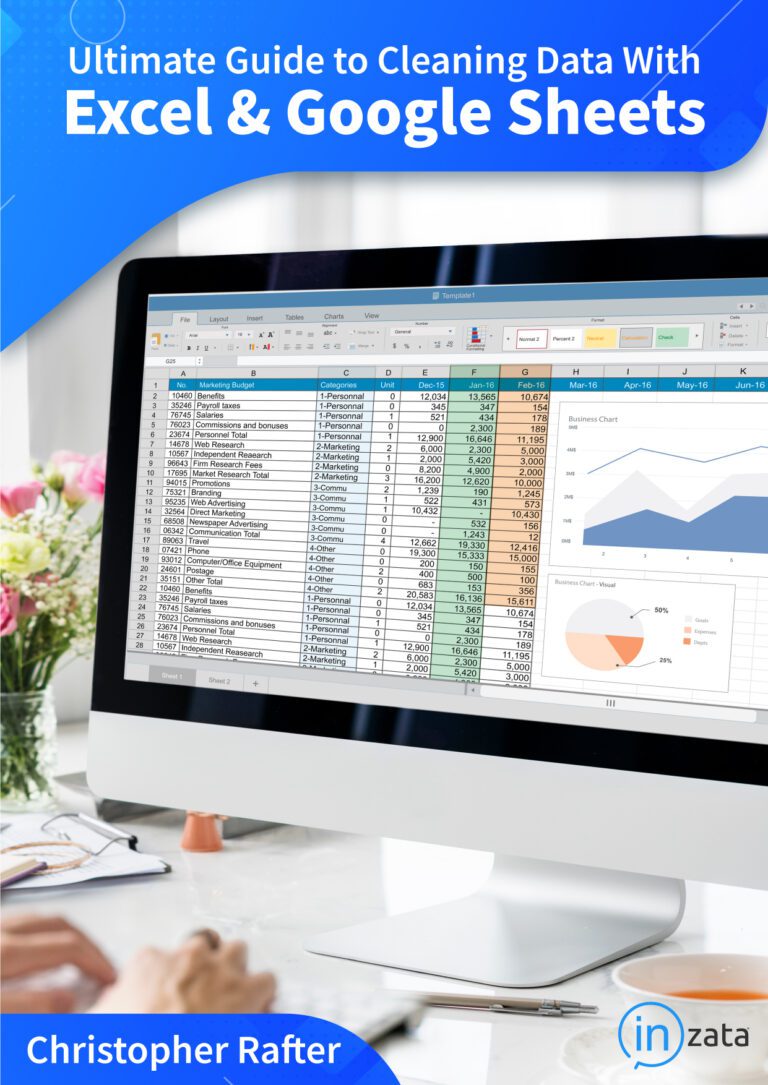Which Big Data Solution Is Best for You? Comparing Warehouses, Lakes, and Lakehouses
Big data makes the world go round. Well, maybe that’s an exaggeration — but not by much. Targeted promotions, behavioral marketing, and back-office analytics are vital sectors fueling the digital economy. To state it plainly: companies that leverage informational intelligence significantly boost their sales.
But making the most of available data options requires tailoring a platform that serves your company’s goals, protocols, and budget. Currently, three digital storage options dominate the market: data warehouses, data lakes, and data lakehouses. How do you know which one is right for you? Let’s unpack the pros and cons of each.
Data Warehouse
Data warehouses feature a single repository from which all querying tasks are completed. Most warehouses store both current and historical data, allowing for a greater breadth of reporting and analytics. Incoming items may originate from several sources, including transactional data, sales, and user-provided information, but everything lands in a central depot. Data warehouses typically use relational tables to build profiles and analysis metrics.
Note, however, that data warehouses only accommodate structured data. That doesn’t mean unstructured data is useless in a warehouse environment. But incorporating it requires a cleaning and conversion process.
Pros and Cons of Data Warehouses
Pros
- Data Standardization: Since data warehouses feature a single repository, they allow for a high level of company-wide data standardization. This translates into increased accuracy and integrity.
- Decision-Making Advantages: Because of the framework’s superior reporting and analytics capabilities, data warehouses naturally support better decision-making.
Cons
- Cost: Data warehouses are powerful tools, but in-house systems are costly. According to Cooldata, a one-terabyte warehouse that handles about 100,000 queries per month can run a company nearly $500,000 for the initial implementation, in addition to a sizable annual sum for necessary updates. However, new AI-driven platforms allow companies of any size to design and develop their data warehouse in a matter of days, plus at a fraction of the price.
- Data Type Rigidity: Data warehouses are great for structured data but less so for unstructured items, like log analytics, streaming, and social media bits. Resultantly, it’s not ideal for companies with machine learning goals and aspirations.
Data Lake
Data lakes are flexible storage repositories that can handle structured and unstructured data in raw formats. Most systems use the ELT method: extract, load, and then transform. So, unlike data warehouses, you don’t need to clean informational items before routing them to data lakes because the schema is undefined upon capture.
At first, data lakes may sound like the perfect solution. However, they’re not always a wise choice — data lakes get very messy, very quickly. Ensuring the integrity and effectiveness of in-house systems takes several full-time workers who do nothing else but babysit the integrity of the lake.
Pros and Cons of Data Lakes
Pros
- Ease and Cost of Implementation: Data lakes are much easier to set up than data warehouses. As such, they’re also considerably less expensive.
- Flexibility: Data lakes allow for more data-type and -form flexibility. Moreover, they’re equipped to handle machine learning and predictive analytics tasks.
Cons
- Organizational Hurdles: Keeping a data lake organized is like trying to keep a kid calm on Christmas morning: near impossible! If your business model requires precision data readings, data lakes probably aren’t the best option.
- Hidden Costs: Staffing an in-house data lake pipeline can get costly fast. Data lakes can be exceptionally useful, but they require strict supervision. Without it, lakes devolve into junkyards.
- Data Redundancy: Data lakes are prone to duplicate entries because of their decentralized nature.
Data Lakehouse
As you may have already guessed from the portmanteau, data lakehouses combine the features of data warehouses and lakes. Like the former, lakehouses operate from a single repository. Like the latter, they can handle structured, semi-structured, and unstructured data, allowing for predictive analytics and machine learning.
Pros and Cons of Data Lakehouses
Pros
- Cost-Effective: Since data lakehouses use low-cost, object-storage methods, they’re typically less expensive than data warehouses. Additionally, since they operate off a single repository, it takes less manpower to keep lakehouses organized and functional.
- Workload Variety: Since lakehouses use open-data formats and come with machine learning libraries like Python/R, it’s easier for data engineers to access and utilize the data.
- Improved Security: Compared to data lakes, data lakehouses are much easier to keep secure.
Cons
- Potential Vulnerabilities: As with all new technologies, hiccups sometimes arise after implementing a data lakehouse. Plus, bugs may still lurk in the code’s dark corners. Therefore, budgeting for mishaps is wise.
- Potential Personnel Problems: Since data lakehouses are the new kid on the big data block, it may be more difficult to find in-house employees with the knowledge and know-how to keep the pipeline performing.
Big data collection, storage, and reporting options abound. The key is finding the right one for your business model and needs.


